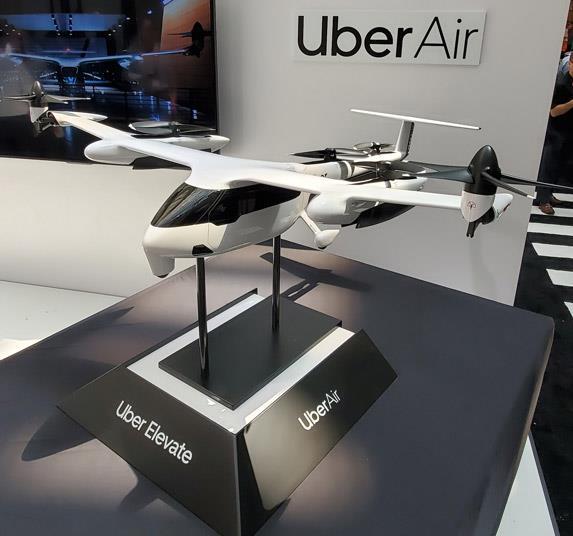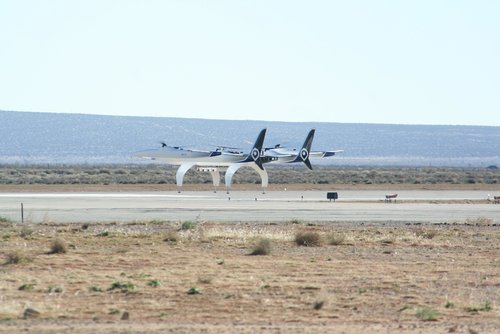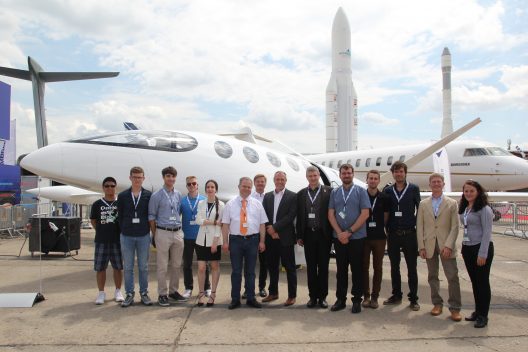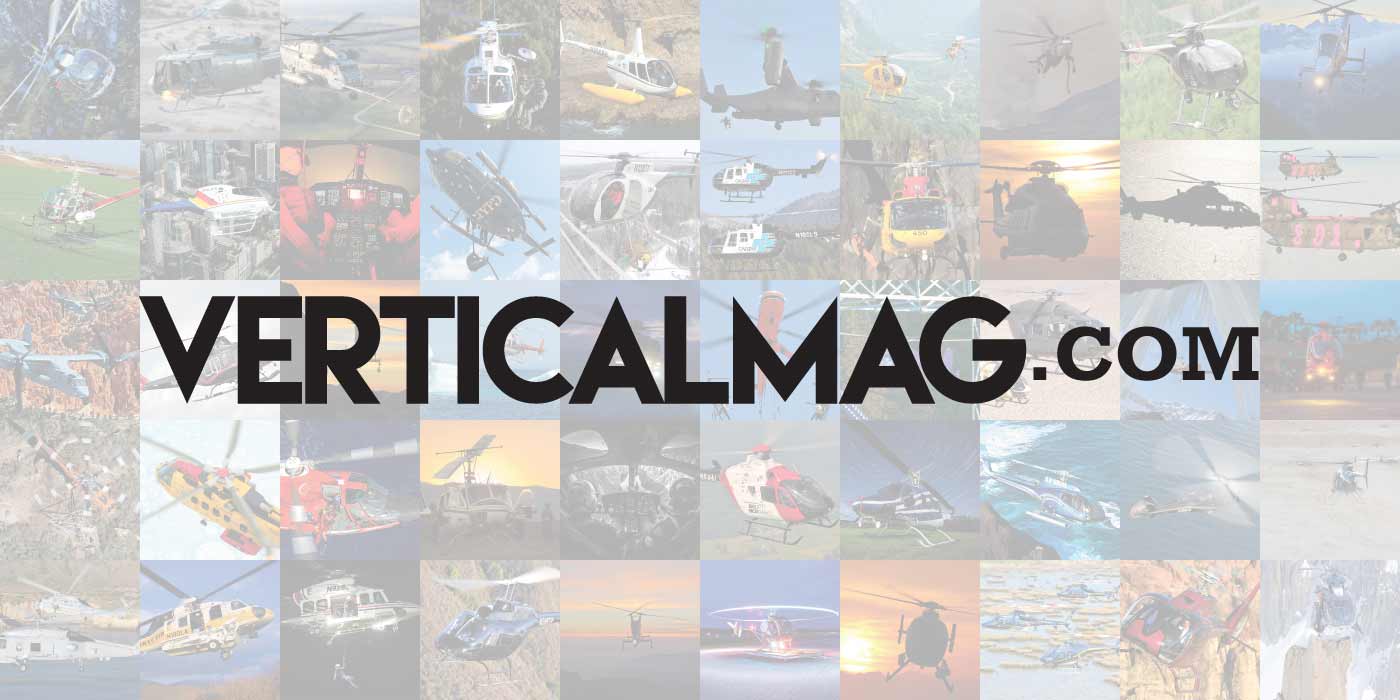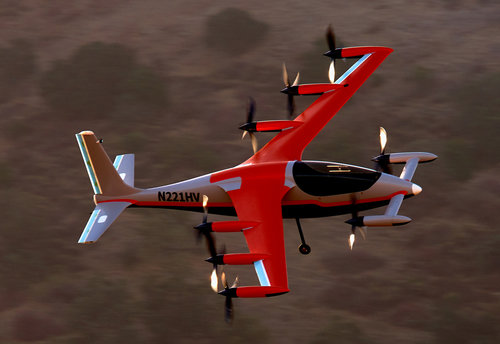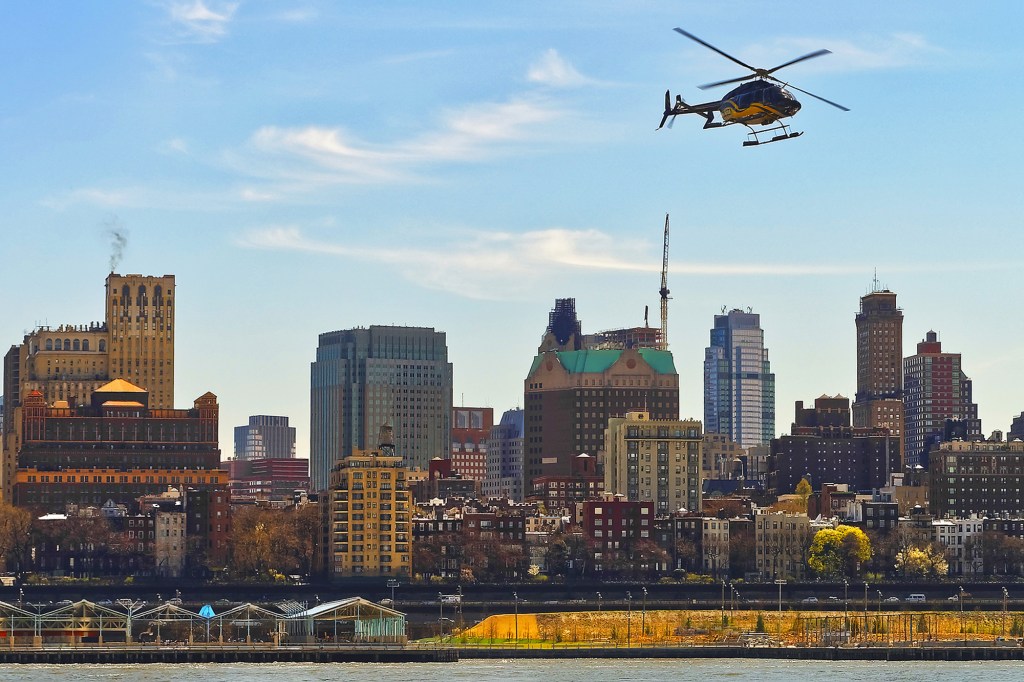- Joined
- 27 May 2008
- Messages
- 1,178
- Reaction score
- 2,483
ESA’s funding of such a flawed concept is mysterious;- one wonders as to the ethics, because although relatively small, it provided the credibility for the high net worth individuals.
I understand the majority of the investment to date, has come from a chap who’s normally used to dealing the cards.
I understand the majority of the investment to date, has come from a chap who’s normally used to dealing the cards.

